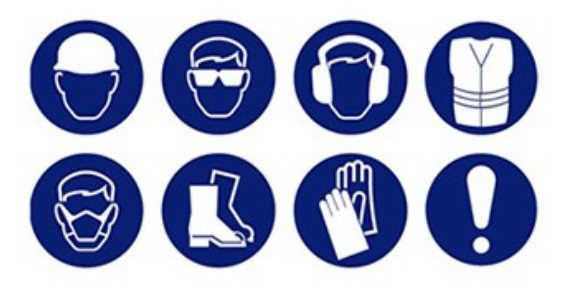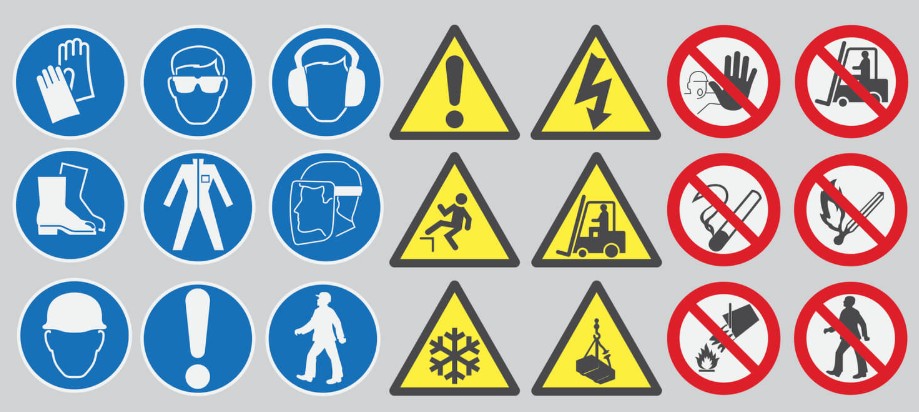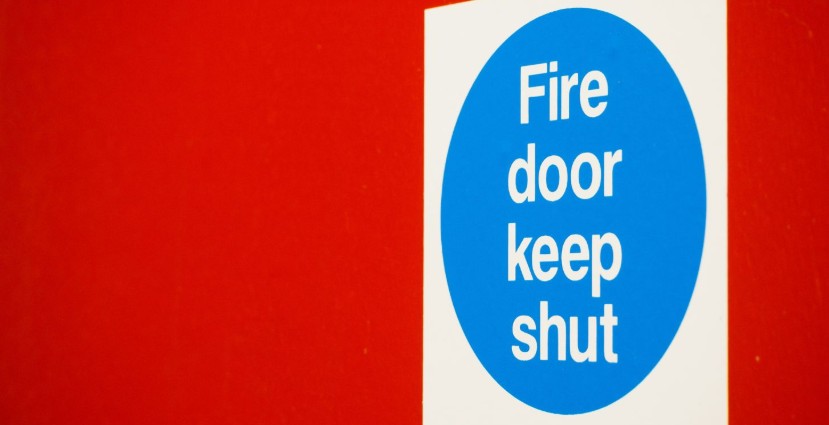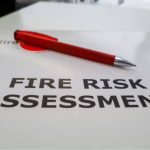In the realm of fire safety, it’s essential to understand the different signs and symbols that guide people through emergencies. One such symbol that often catches attention is the sign in a blue circle. But what does a sign in a blue circle mean in fire safety? Let’s explore this symbol in detail, understand its significance, and clarify its role in ensuring safety during fire-related situations.
What Is a Blue Circle in Fire Safety?
In fire safety, a blue circle is not just a decorative element but a crucial visual cue. This blue circle is typically used to represent information that is important for the safety of individuals in a fire emergency. Unlike other signs that might indicate danger (e.g., red signs), a blue circle is used to provide vital instructions, guidelines, or mandatory actions that need to be followed.
Here’s a breakdown of what the blue circle signifies:
- Instructional Information: It provides clear instructions on what actions to take in specific situations.
- Mandatory Safety Measures: The blue circle is often part of a sign that indicates a required safety action.
- Internationally Recognized: This symbol is used worldwide and aligns with global safety standards.
Why Is the Blue Circle Used?
The blue circle is widely recognized in health and safety signs. It serves as a universal cue for required actions or instructions, particularly in emergency situations. In fire safety, the blue circle is often associated with instructions such as:
- Mandatory evacuation routes
- Use of emergency exits
- Mandatory use of safety equipment
The blue circle ensures that people can quickly identify the action they must take without confusion during a fire emergency.
Key Characteristics of Blue Circle Signs

- Shape and Design: The sign is circular, typically in blue with a white symbol or text inside. This consistent design helps individuals identify it easily, especially in high-stress environments like fires.
- Clarity: The text or symbol inside the circle is usually simple and to the point, ensuring quick comprehension even in chaotic situations.
- Visibility: Blue is a color that contrasts well with other common colors used in emergency signage, such as red or green, which helps increase visibility.
What Does a Sign in a Blue Circle Mean in Fire Safety?
Now that we know the general characteristics of the blue circle, it’s time to dive into some practical examples of what these signs could mean during a fire emergency. The symbol inside the blue circle varies depending on the specific instruction or guideline being conveyed.
Common Examples of Blue Circle Signs in Fire Safety
| Sign | Meaning | Location |
| Blue Circle with an Arrow | Indicates the direction to the nearest emergency exit. | Hallways, corridors, or stairwells in buildings. |
| Blue Circle with a Fire Extinguisher | Directs people to the location of fire extinguishers. | Near fire extinguishers or fire safety equipment. |
| Blue Circle with a Helmet | Signals the mandatory use of personal protective equipment. | Construction sites or industrial buildings. |
Each of these signs has a specific purpose: guiding individuals to safety, ensuring fire-fighting tools are accessible, and reminding everyone to follow important fire safety protocols. By placing these signs in strategic locations, businesses and public facilities ensure that their employees or visitors can act quickly and appropriately during a fire.
How Should You Respond to Blue Circle Signs?
It’s crucial to understand how to react when you encounter a blue circle sign in a fire safety situation. Here are some actions you might need to take based on common blue circle signs:
- Follow the Direction: If the sign points to an exit or fire escape route, follow it immediately and calmly.
- Use the Equipment: If the sign indicates a fire extinguisher or safety equipment, use the equipment as instructed to suppress the fire or protect yourself.
- Adhere to Safety Protocols: Always follow the instructions on blue circle signs to ensure your safety and that of others in the vicinity.
Blue Circle Signs vs. Other Safety Signs: What’s the Difference?

While the blue circle plays a vital role in fire safety, it’s important to distinguish it from other safety signs. In fire safety, there are numerous other colors and symbols used to communicate different messages. Let’s compare the blue circle with some common alternatives:
- Red Circle: Used for prohibitory signs, indicating what actions or behaviors are not allowed (e.g., “No Smoking” in fire-prone areas).
- Green Circle: Represents safety, indicating actions or areas that promote safety (e.g., emergency exit routes, first-aid stations).
- Yellow Triangle: Indicates a warning, such as the presence of a hazard or dangerous area that requires caution.
By understanding these differences, people can quickly adapt to the right action based on the sign they encounter.
Conclusion: Understanding the Role of Blue Circle Signs in Fire Safety
In summary, the blue circle sign plays a vital role in fire safety. Its primary purpose is to provide clear, mandatory instructions or actions to help people navigate a fire emergency. Whether it’s directing you to an exit, showing where safety equipment is located, or reminding you of fire safety protocols, these signs are essential in ensuring everyone stays safe.
When encountering a sign in a blue circle, always pay attention to its instructions and follow the required action. It could be the difference between life and death in a critical situation. Understanding these signs thoroughly ensures that you and those around you are well-prepared in the event of a fire. Stay safe, stay informed!
FAQs on Blue Circle Signs in Fire Safety
Why is the blue circle used for mandatory signs in fire safety?
The blue circle is used because it’s an internationally recognized symbol that signifies mandatory actions. It’s clear, consistent, and can be easily understood, even in emergency situations.
Can a blue circle sign appear in any other type of emergency signage?
Yes! While it’s most commonly used in fire safety signage, the blue circle can also appear in other safety-related signs, such as health and environmental safety. The purpose remains the same: to indicate something mandatory that must be done.
What should I do if I see a blue circle sign directing me to a fire exit?
If you see a blue circle sign pointing to a fire exit, follow it immediately. It’s your designated route to escape in case of fire, and it should be used in a calm and orderly manner.
Are blue circle signs only found in commercial buildings?
No, blue circle signs can be found in various places, including homes, public buildings, factories, and outdoor public areas. Anywhere safety and fire emergencies are a concern, you might encounter blue circle signs.






